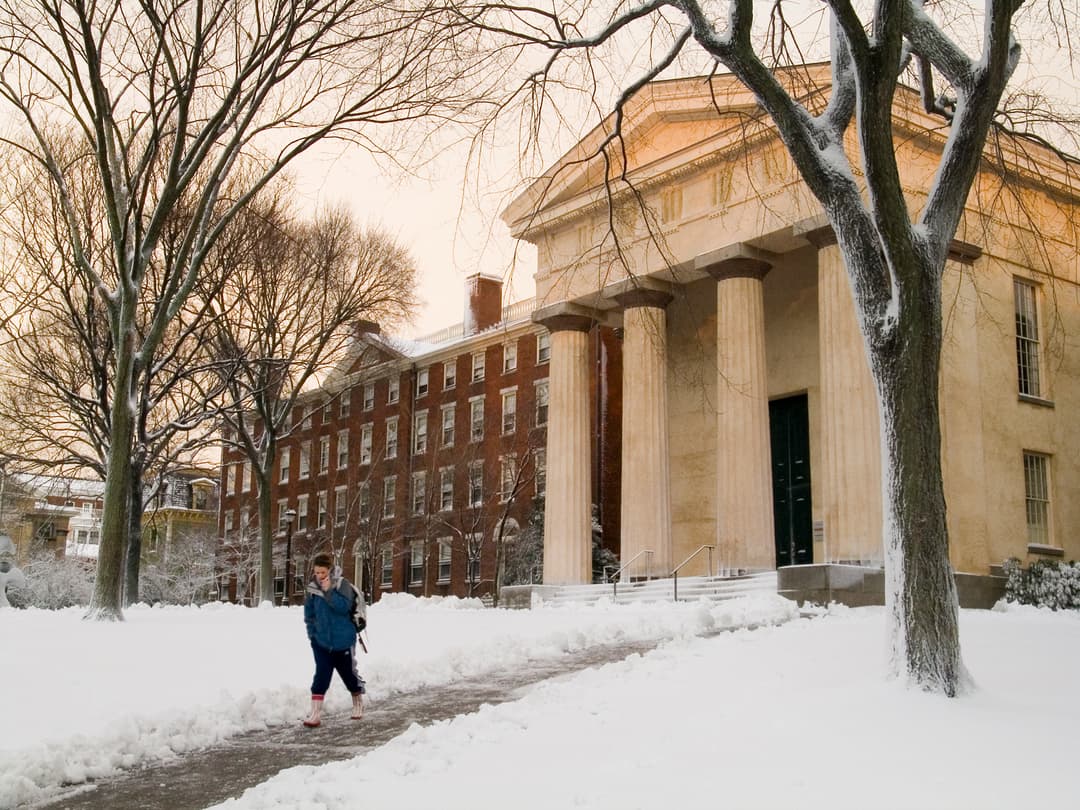
Examining Barriers to Education: Are You a Gateway or a Gatekeeper?
On February 9, 2022, the Carnegie Foundation for the Advancement of Teaching—developer of the Carnegie Classification, a framework for categorizing into tiers all accredited, degree-granting institutions in the United States—and the American Council on Education announced that they had teamed up to create a more inclusive classification system, one that evaluates how well an institution contributes to social and economic mobility.
This is big news. The classifications were never meant as a marker of prestige, but they’ve become one over the years, classifying universities based on the number of doctorates awarded and research dollars spent. The Carnegie Foundation and ACE aim to re-evaluate the classification system to better reflect the public purpose of education.
In response to the news, U.S. Secretary of Education Miguel Cardona commented that, “Colleges and universities need to reimagine themselves around inclusivity and student success, not selectivity and reputation. I commend the Carnegie Foundation and the American Council on Education for their vision, and I hope today’s announcement will be the beginning of a new competition among colleges—one that rewards colleges doing the most for upward mobility.”
While the new classification system won’t be instituted until 2023, the Carnegie Classification’s focus on social mobility highlights a persistent problem in higher education: The barriers to education that exist for non-traditional students, particularly first-generation college students.
The Pew Research Center recently published data showing that first-generation college students have much lower incomes and wealth accumulation than those whose parents are college-educated. Even students with one college-educated parent were 40% more likely to earn a degree than students whose parents had no post-secondary education. More importantly, first-generation college students were less likely to achieve comparable success once they graduated.
The new social and economic mobility classification gives institutions a much-needed incentive and opportunity to examine what gatekeeping practices and barriers exist at their own institution. What is inhibiting social and economic mobility the most, and what can be done about it?
Is the Cost of Your Degree a Barrier to Education?
It can cost upward of $200,000 to earn a four-year degree from an elite private college, and while many institutions offer less expensive degrees, students at elite institutions regularly top highest-paid graduates lists. Only a small percentage of the top income earners in the United States can afford to pay full price for an elite-level education. These students often leave college debt-free and go on to earn the highest salaries, perpetuating income inequality.
Colleges and universities across the board are trying to create more inclusive educational environments. Many are upping financial aid offers, eliminating testing requirements, trying to recruit a more diverse applicant pool, and creating more digital access and campus programs to promote inclusivity.
But even with these practices in place, many first-generation students must still take out loans to finance their education. They are also four times more likely to drop out of college than their peers, ending up in debt and without the degrees necessary to earn lucrative jobs.
Is Your Core Curriculum a Barrier to Education?
The reality of many liberal arts programs in the United States is that they remain a luxury. To get a well-rounded education, students engage in a core curriculum of study and invest thousands of dollars on courses with tenets they may never use in their professional lives.
With the average college class costing between $1,000-$4,000, not every student can afford an education that includes a core curriculum. To earn their bachelor’s degree, a student who wants to teach English as a second language must borrow thousands of dollars in loans to earn credits in math, history, and science—content they won’t use and might soon forget.
As institutions strive to promote inclusive education and create more gateways, they must ask themselves if there are other models of education in which they might invest. Offering more online-only programs, for instance, would eliminate the cost of on-campus housing, making a liberal arts education more affordable. Institutions might also consider offering more flexible, competency-based education (CBE) programs or offering a focused degree program, one that doesn’t contain a core curriculum and takes fewer years to complete.
Is Your Enrollment Process a Barrier to Education?
Even if the cost of higher education is manageable, the process of enrolling in a college is often so complicated that many students—first-generation students in particular—struggle to meet enrollment requirements by their respective deadlines. For any student, negotiating the complicated enrollment process can be tricky. But first-generation students often don’t know who to turn to for help navigating college and government websites, obtaining and submitting necessary forms, and translating pages of financial aid jargon.
If colleges and universities want to improve their inclusivity and help contribute to social and economic mobility, they need to make the enrollment process far more intuitive than it is. Students need straightforward processes that can be undertaken on any platform; they need a clear and comprehensive way to seek and obtain financial aid; they need an easy way to ask questions and get resources.
How to Create Gateways to Higher Education
Institutions who seek to expand their contribution to social and economic mobility need to focus on providing educational opportunities free from the gates that bar entry to students who need education the most.
For many institutions, fostering inclusive education can be as simple as re-examining admissions criteria, simplifying the enrollment process, or integrating digital technologies that help create more hybrid learning options. Investing in social and economic mobility can also be as revolutionary as creating lower-cost, more narrowly focused educational programs, or offering off-base skills training and CBE programs. These can go a long way toward eliminating barriers to a quality higher education.




